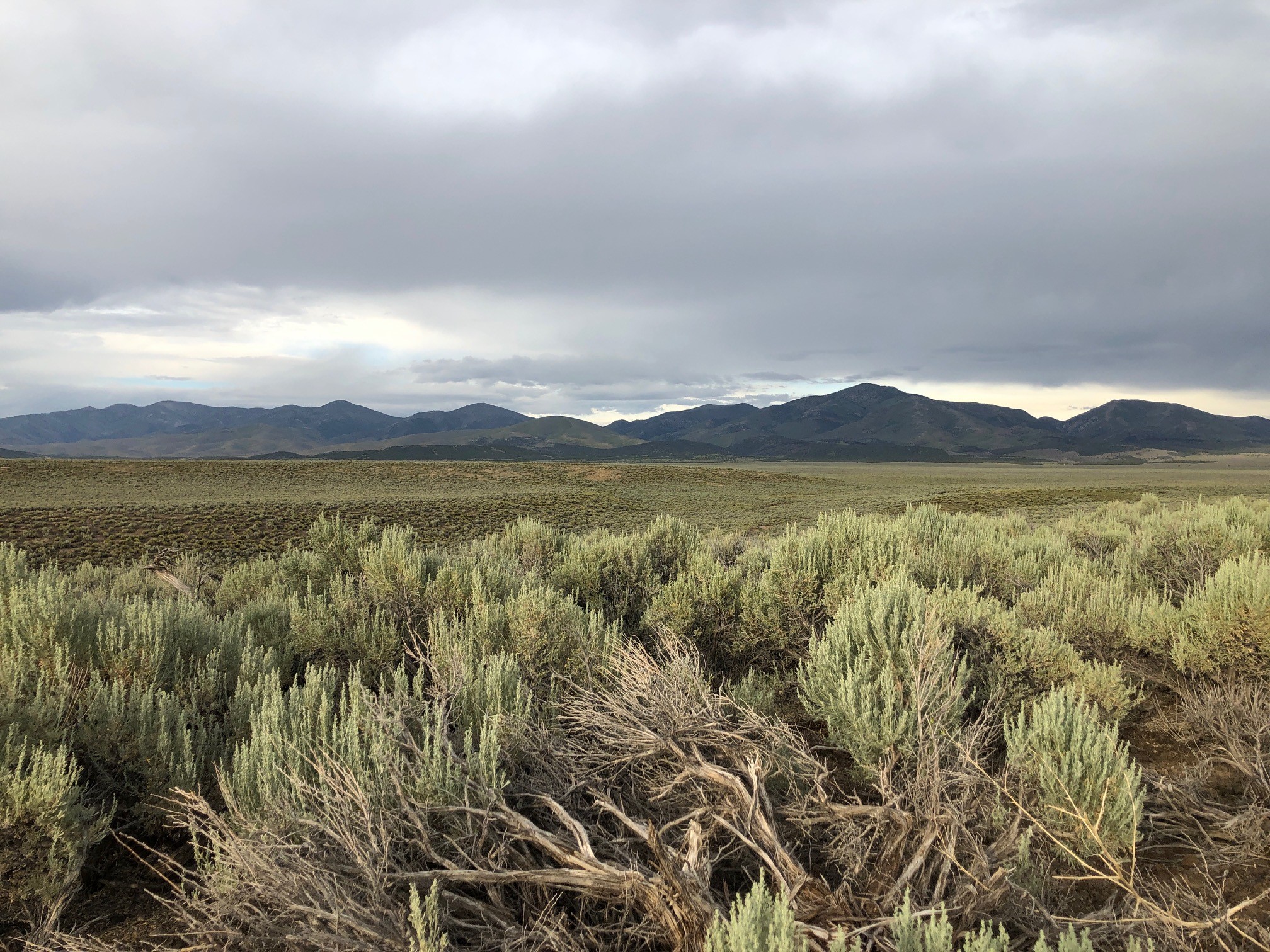Nevada: With the approaching Earth Day celebration (Friday, April 22), Recovering America’s Wildlife Act (RAWA)—a bipartisan bill to enhance wildlife conservation in the United States—has passed another key step in becoming law. The Nevada Department of Wildlife is actively monitoring the bill’s progress. In early April, the bill passed the Senate Environmental and Public Works Committee. Now it makes its way to the House and Senate for floor votes.
Recovering America’s Wildlife Act is the most significant wildlife conservation legislation in nearly half a century. If passed, RAWA would devote $1.4 billion annually to national conservation efforts—including approximately $24 million in federal funding to Nevada—to help at-risk wildlife species, among other projects.
“As we approach Earth Day, we are incredibly excited and optimistic watching Recovering America’s Wildlife Act make its way through the process,” said Tony Wasley, Director of the Nevada Department of Wildlife. “The bill’s passage would provide essential resources and funding to Nevada to directly conserve to the state’s wildlife and habitat.”
Wasley, who also serves as president of the national Association of Fish & Wildlife Agencies, wants the public to know that RAWA will benefit both people and wildlife, resulting in more recreational opportunities for all Americans, as a portion of the funds can be used for increasing public access to the great outdoors. Fish and wildlife—along with their habitats—provide important contributions to the environment like clean water, air, flood prevention, pollination, and carbon capture.
In addition to benefits to the public, the Nevada Department of Wildlife has identified several projects that could be immediately implemented using RAWA funds. The Department seeks to restore and rehabilitate wetland, springs, and riparian habitats, especially with consideration to changing climates and drought; expand wildfire restoration and rehabilitation throughout the Great Basin and the Mojave Desert; upgrade and modernize existing wildlife-education centers to provide expanded exhibits and conservation education opportunities; and fully implement the Nevada Wildlife Action Plan and the 256 species and 22 key habitats it identifies, including conservation of sensitive species such as the pale kangaroo mouse, fringe-toed lizard, and ferruginous hawk.
At least 15 percent of the funds will be used to help species already designated as endangered or threatened. The bill could provide a wide range of benefits from using the funds to protect our wild places and species to promoting the nexus that wildlife and ecosystem health have on human mental and physical health. While many representatives see these possibilities, the Nevada Department of Wildlife wants to urge the public to reach out to delegates to share support for this legislation.
This historic legislation provides myriad benefits for wildlife and wild spaces in Nevada and the U.S., while enhancing the public’s ability to enjoy the outdoors. RAWA promises a comprehensive wildlife-funding package that will provide critical resources to the Department to conserve and protect all of Nevada’s wildlife and habitats.

